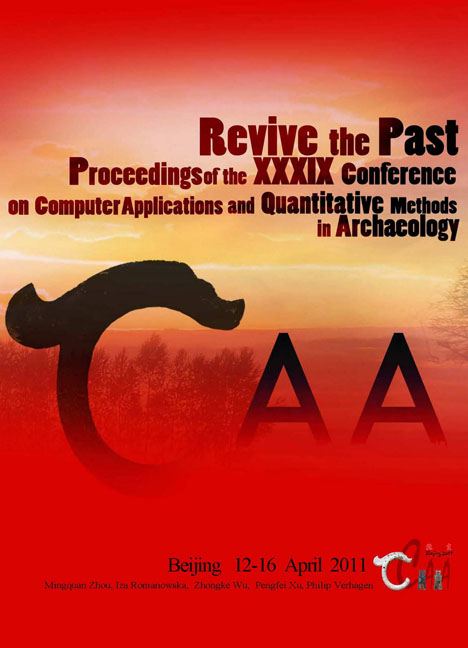 Revive the Past
Revive the Past Easy Recording System: Solutions Based on Web Free Apps Databases
Published online by Cambridge University Press: 23 June 2021
Summary
Abstract:
Modern recording systems should be tailored to individual needs and standards. This solution is based on a single stratigraphic unit recording system linked to external data. In 2010 we worked with this simple yet powerful system for recording and organizing information on excavations in Gdańsk. The system is based upon publicly available web-based FreeApps distributed by Zoho with the possibility to include attachments in any format to database records and to store all data on web servers. The application reduced the time to prepare a draft system by several hours. In this article we present the system configuration, modifications and field experience in the recording of data and creating reports. This web-based system supports multiple hardware platforms including the iPads. We propose to integrate all data sources such as text, images, maps, plans, and even video records into one interactive online information solution for a better control and collaboration on archaeological projects.
Key Words: Fieldwork Techniques, Archaeology Online, Documentation and Recording, Web Apps, Management in Archeology, Data Distribution
Introduction
Methodological discussion on conducting a proper stratigraphic documentation has been an important methodological issue since Sir E. C. Harris published his rudiments of a model of stratigraphic presentation in archaeology in 1979. The system of stratigraphic exploration recorded using the Harris matrix has been considered by archaeologists as universal and correct. Each archaeological site is a unique relic of human activity and it may be graphically represented with mutual temporal relations between its particular stratigraphic contexts (Harris 1992). This can be done in various forms of two-dimensional and spatial visualizations (Bobowski 2007; Day et al. 2007). Positive layers (deposits of anthropogenic activity which raise the ground level by means of accumulation or leveling) occur most frequently at archaeological sites. Such layers are supplemented by standing features, e.g. walls, timber contexts, or structural contexts (e.g. pavement surfaces). A particular form of stratigraphic contexts are remains of human activity related to a subsidence of terrain or negative contexts (feature cuts). Properly prepared field documentation results in a comprehensive description of all recorded stratigraphic contexts in textual, graphic and photographic forms. Availability of digital recording tools offers an opportunity to carry out independent documentation within the framework of a defined field standard by many researchers at the same time.
- Type
- Chapter
- Information
- Revive the PastProceedings of the 39th Conference of Computer Applications and Quantitative Methods in Archaeology, pp. 170 - 176Publisher: Amsterdam University PressPrint publication year: 2012
